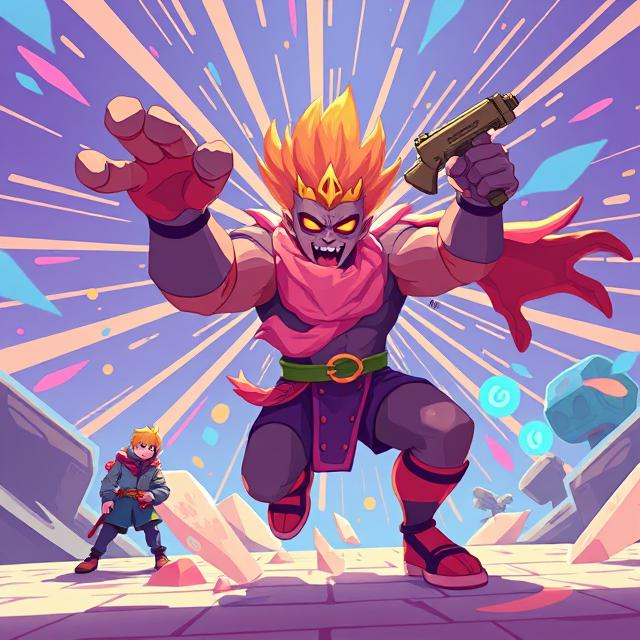Idle animations may seem like a small detail in the vast scope of game design, but they play a critical role in shaping character identity, immersion, and polish. When a character breathes, fidgets, or reacts while standing still, it reinforces the idea that they are alive—even when you aren’t controlling them.
In Uncharted, Nathan Drake checks his gear, looks around nervously, or wipes sweat from his brow. These small gestures make him feel human. He’s not just an avatar; he’s a person aware of the world around him.
Red Dead Redemption 2 takes it further. Arthur Morgan stretches, adjusts his belt, or swats flies when idle. These behaviors match his personality and setting, grounding the player in the realism of the frontier.
Idle animations can also reinforce mood or narrative. In Hollow Knight, the protagonist sits, motionless but breathing softly, with their head slightly lowered—conveying isolation and quiet melancholy. Even without dialogue, the tone is clear.
They also help players subconsciously connect with the character. A calm idle animation suggests patience or confidence. A tense one implies danger or alertness. Over time, these details shape how we interpret the avatar’s emotional state.
From a technical standpoint, well-timed idle animations can hide loading processes, reduce UI clutter, or signal that the game is still active.
Though subtle, idle animations are a hallmark of polish. They transform static models into believable characters and help create a world that breathes with or without input.


Leave a Reply